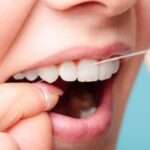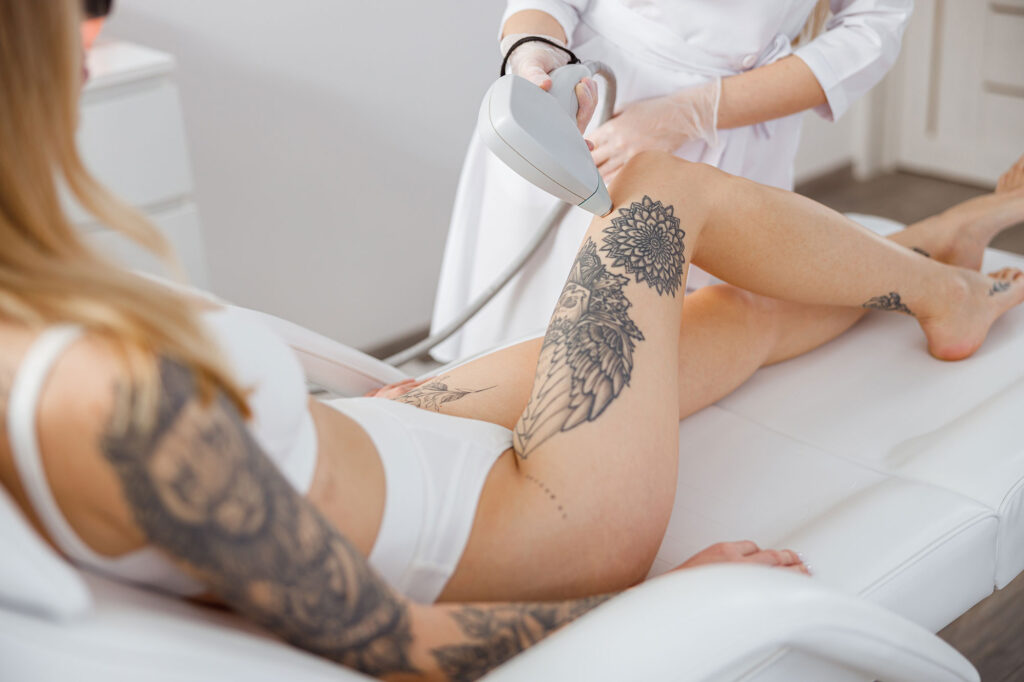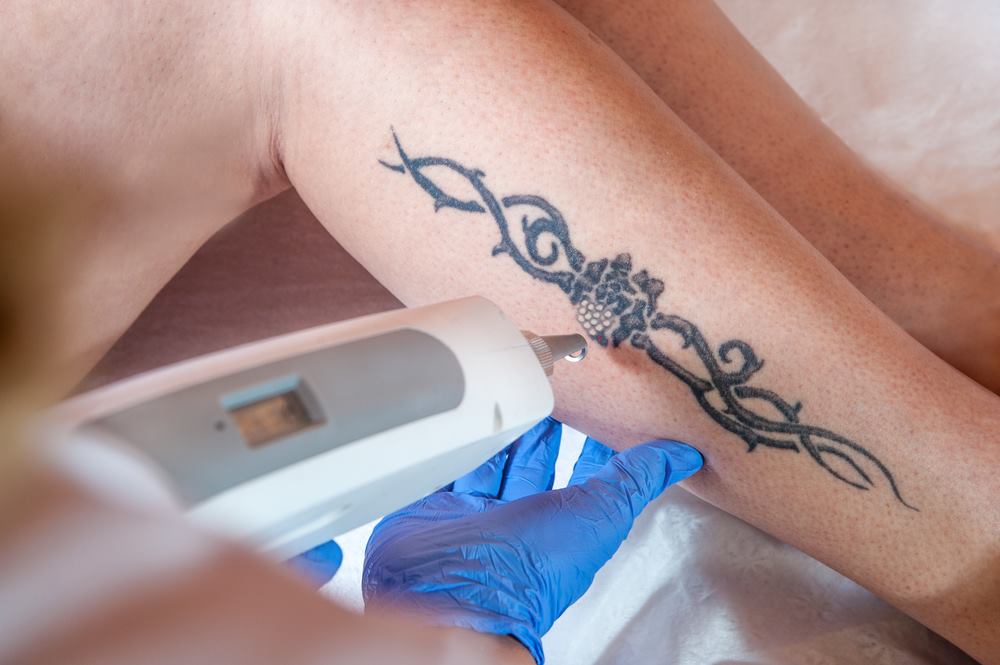Laser Tattoo Removal is a medically supervised procedure that gradually fades or eliminates unwanted tattoos using advanced laser technology. The process targets ink pigments trapped in the dermal layer of the skin, breaking them down into smaller particles that the immune system naturally flushes out over time. While the treatment itself is essential, equally important is how the patient cares for their skin afterward. Proper aftercare ensures optimal healing, reduces the risk of complications, and accelerates results. Understanding the correct post-treatment steps can dramatically affect the outcome of your Laser Tattoo Removal Dubai experience.
Understanding the Role of Aftercare in Tattoo Removal
Laser tattoo removal is a progressive treatment, often requiring multiple sessions for full results. Each session subjects the skin to laser energy, which creates a controlled wound beneath the skin’s surface. The skin’s response to this stimulus is crucial—healing efficiently and healthily determines how quickly the ink fades and whether your skin remains smooth and clear. Doctors emphasize strict aftercare routines to support the skin’s regenerative process and prevent external irritants from interfering.
Immediate Post-Treatment Care
Directly following the laser session, the treated area may appear red, swollen, and warm—these are natural signs that the body is responding to the laser energy.
Doctor’s Guidance
Medical professionals typically apply a sterile dressing to protect the site and advise keeping the area clean and untouched for the first 24 hours. The dressing acts as a barrier against bacteria and reduces the risk of infection during this vulnerable window.
What to Do
-
Avoid touching the treated area.
-
Do not apply ice or ointments unless specifically instructed by your doctor.
-
Rest the area and avoid tight clothing that might rub against the skin.
Keeping the Area Clean and Dry
Hygiene is a vital component in the aftercare routine. The treated skin should be washed gently and patted dry.
Doctor’s Guidance
Most specialists recommend cleaning with lukewarm water and a soft, sterile cloth. They stress avoiding soaps that contain harsh chemicals, fragrances, or exfoliants, as these can irritate healing tissue.
What to Do
-
Gently cleanse once or twice daily.
-
Allow the area to air dry or use a clean towel to pat dry.
-
Avoid soaking in baths, hot tubs, or pools.
Managing Blistering and Scabbing
Blisters and scabs may develop in the days following the session. These are typical reactions indicating the body’s healing response to pigment breakdown.
Doctor’s Guidance
Dermatologists instruct patients not to pop blisters or pick scabs, as doing so can cause scarring or delay healing. If a blister opens naturally, doctors may recommend covering it with a sterile dressing.
What to Do
-
Let blisters and scabs resolve on their own.
-
Do not scratch or exfoliate the area.
-
Keep the site protected from dirt and bacteria.
Sun Protection Is Essential
Sun exposure can cause pigmentation changes and hinder healing in laser-treated skin. After each session, the area is more sensitive to UV light.
Doctor’s Guidance
Doctors consistently advise patients to avoid direct sunlight on the treated skin for at least two weeks. When going outside, covering the area or using doctor-approved sunscreen is essential.
What to Do
-
Avoid sun exposure, especially during peak hours.
-
Wear loose, protective clothing.
-
Use a high-SPF, broad-spectrum sunscreen as instructed by your provider.
Avoid Physical Strain and Excessive Heat
Physical activities that increase body temperature or promote sweating should be restricted in the initial days post-treatment.
Doctor’s Guidance
Medical experts recommend avoiding saunas, steam rooms, hot showers, and vigorous workouts for 48–72 hours, as excessive heat can irritate the skin and increase inflammation.
What to Do
-
Postpone gym sessions or heavy lifting.
-
Choose lukewarm showers over hot ones.
-
Give your body time to cool down naturally after activity.
Follow-Up Visits and Monitoring Progress
Laser tattoo removal is not a one-time procedure. It requires consistent follow-ups to monitor healing and schedule subsequent sessions.
Doctor’s Guidance
Doctors will assess the skin’s response, evaluate fading, and adjust laser settings for future treatments based on pigment density and skin condition. Attending all scheduled follow-ups ensures that the treatment plan stays effective and safe.
What to Do
-
Attend every follow-up session.
-
Inform your provider of any unusual changes (e.g., excessive swelling or irritation).
-
Keep a record of progress for evaluation.
Emotional and Psychological Support
Tattoo removal can be an emotional process for many individuals. The psychological aspect of transforming one’s appearance shouldn’t be overlooked.
Doctor’s Guidance
Professionals may offer counseling support or refer patients to therapists, especially when the tattoo has emotional or traumatic significance.
What to Do
-
Communicate openly with your provider about your feelings or concerns.
-
Set realistic expectations regarding results and duration.
-
Understand that healing is physical and emotional.
Nutritional and Hydration Support
Internal wellness plays a role in how efficiently the body processes pigment particles after laser treatment.
Doctor’s Guidance
Doctors often advise maintaining a healthy diet and staying hydrated to support immune function and tissue regeneration.
What to Do
-
Drink plenty of water daily.
-
Focus on nutrient-rich foods that support healing (e.g., Vitamin C, Zinc).
-
Avoid alcohol and smoking, as they can slow recovery.
Avoiding Skin Irritants and Cosmetic Products
The treated area should not be exposed to cosmetic products, including lotions, perfumes, or makeup, unless medically approved.
Doctor’s Guidance
Specialists emphasize avoiding irritants that can inflame the skin or interfere with the healing process. This includes exfoliating creams, bleaching agents, and scented moisturizers.
What to Do
-
Keep the area free from unnecessary topical products.
-
Use only approved moisturizers or topical solutions provided by your doctor.
-
Wait until the skin is fully healed before applying makeup over the area.
Patience and Consistency
Laser tattoo removal is a gradual process. Visible fading takes time, and each patient responds differently based on skin type, ink color, tattoo age, and depth.
Doctor’s Guidance
Experts highlight that setting realistic goals and staying consistent with aftercare and appointments is the key to successful outcomes. Rushing the process or skipping aftercare steps can hinder results and damage the skin.
What to Do
-
Stay committed to the treatment plan.
-
Trust your doctor’s timeline and judgment.
-
Focus on long-term results, not instant changes.
Benefits of Proper Aftercare in Laser Tattoo Removal
A carefully followed aftercare plan doesn’t just support healing—it maximizes your results. When aftercare is done right, here are the benefits:
-
Faster Recovery: Clean, protected skin heals more quickly, allowing you to return for follow-ups sooner.
-
Reduced Risk of Scarring: Avoiding irritants and injuries helps preserve smooth skin.
-
Improved Pigment Fading: The immune system works more efficiently when the skin isn’t inflamed or infected.
-
Lower Chance of Complications: Infections, burns, and pigmentation changes are minimized with proper post-treatment practices.
-
Enhanced Satisfaction: With each step managed properly, patients feel more confident and comfortable with the transformation process.
Final Thoughts on Laser Tattoo Removal Aftercare
Laser tattoo removal is more than just a medical treatment—it’s a journey that requires careful attention, patience, and adherence to expert advice. Every step of aftercare plays a vital role in supporting the skin’s healing and the body’s ability to clear out pigment. When patients follow their doctor’s instructions with precision, they not only reduce the risks associated with laser treatments but also maximize the chances of achieving the clear, ink-free skin they desire.
- What Are the Key Steps in Laser Tattoo Removal Treatment Aftercare?
- Laser tattoo removal is a high-tech procedure to break up unwanted tattoos on your body. With this non-invasive, and effective technique, you can get rid of ink or black tattoos on your skin without complications. Unlike other procedures like microdermabrasion, Cryotherapy, and chemical peels, this tattoo removal does not cause any side effects.
- Laser Tattoo Removal Treatment
Related posts:
 Best Topical Finasteride & Minoxidil Spray for Hair Regrowth
Best Topical Finasteride & Minoxidil Spray for Hair Regrowth
 What Are the Key Considerations Before Getting Filler Injections?
What Are the Key Considerations Before Getting Filler Injections?
 Dr. Kami Hoss Gives Out the Truth About Brushing & Flossing-Protecting Your Teeth
Dr. Kami Hoss Gives Out the Truth About Brushing & Flossing-Protecting Your Teeth
 Can Atrial Fibrillation Be Cured? Latest Research & Insights
Can Atrial Fibrillation Be Cured? Latest Research & Insights
 Expert Lung Care in Jaipur: Why You Shouldn’t Ignore Breathing Issues
Expert Lung Care in Jaipur: Why You Shouldn’t Ignore Breathing Issues
 Control Fasting Blood Sugar with Confidence – Get Glycomet Online Today
Control Fasting Blood Sugar with Confidence – Get Glycomet Online Today
 Prozenith: A Natural Weight Loss Supplement 70% OFF Discount
Prozenith: A Natural Weight Loss Supplement 70% OFF Discount
 Recovery and Aftercare Tips for Gynecomastia Patients in Dubai
Recovery and Aftercare Tips for Gynecomastia Patients in Dubai







